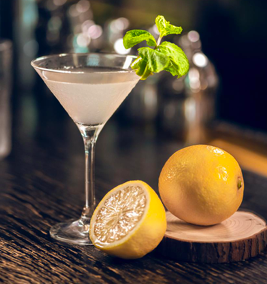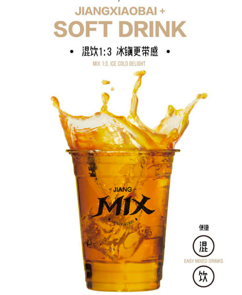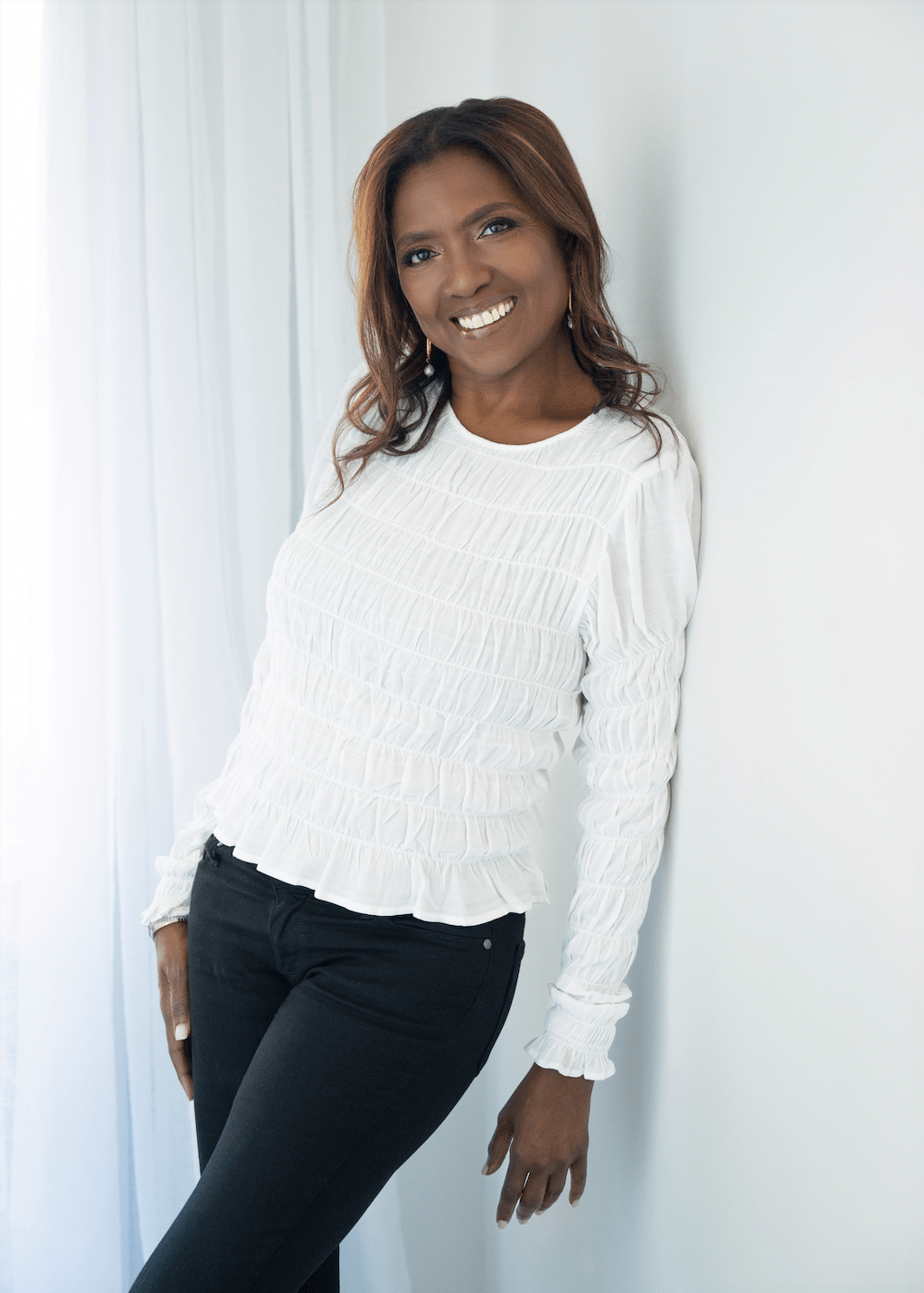Lifestyle
Are Baijiu Cocktails the Next Trend?

The base liquor in a cocktail is essential for its character and style. Currently there are six main spirits that dominate the world of bartending. Those are gin, rum, whisky, vodka, brandy and tequila. However, in our fast-paced world of ever-changing circumstance, there has been a new spirit on the rise. Chinese baijiu is becoming a more viable option for many bartenders, since baijiu manufacturers started targeting the international market. Some scene bars already feature baijiu cocktails on their menu.
Unfortunately, the spirit category with the world’s highest sales numbers has a somewhat antiquated image. The associated consumer group is typically middle-aged to older people. The characteristic aroma of Chinese baijiu is its trademark, but the strong pungency also limits the range of consumption scenarios–as for mixing. Some traditional liquor brands have tried to rejuvenate baijiu, hoping to open the market of young people. However, the acceptance in that market segment is still comparably low. Priming baijiu as a base for cocktails, could bring the turning point in perception.
In recent years, more and more baijius with light flavor have come out. This is due to the international demand, as well as the increased effort and innovation in development of blending techniques. JIANGXIAOBAI is a typical enterprise adept at producing innovative mild flavor baijius. With these new products coming to the market, the mixology scene has one more tile to play with in their creations.
Here are some ways to enjoy your mixed drink with baijiu:
Lowering the degree of alcohol, Sprite or coke make great mixers for light-aroma baijiu. As with whiskies, one could use a drop of water to activate the aroma compounds of baijiu. Or you could cover a plum with boiling water, add ice to cool the mix down and then add the plum to your favorite baijiu. If you like a strong taste, you can add 4 liters of water to half a bottle of baijiu. Down below, find some tasty cocktails with baijiu as a base:
- Starlight at Midnight
30 ml light-aroma baijiu
1 small bag of Pop Rocks candy
100 ml cola
Method: Add 4 cubes of ice into highball, pour baijiu and cola in turns. Stir, then add Pop Rocks into glass. Finally, add straw for better drinking experience.
Profile: Sweet, refreshing and tasty. Hear the sound of the Pop Rocks while drinking.
- Shanghai Nights
30 ml light-aroma baijiu
10 ml lemon juice
120 ml cola
1 slice of lemon
Method: Add two ice cubes to the glass and pour the lemon juice. Stir, then fill with cola. Decorate with lemon slice.
Profile: Long drink for a chill evening chat with your friends.
- Red Sorghum
15 ml light-aroma baijiu
40 ml dry red wine
1 piece of lemon peel or orange peel
Method: Add four ice cubes to the mixing glass. Pour baijiu and dry red wine in turn. Stir for a while, then strain into cocktail glass. Add one piece of lemon peel or orange peel.
Profile: This cocktail is dry and appealingly fragrant.

Baijiu cocktails might still be flying under the radar, but if you like trying new things, don’t hesitate to ask your local bartender for a new mix.
JIANGXIAOBAI is one of the pioneers in baijiu cocktails. Its J-Mix project has been specifically launched to create innovative new mixed drinks and involve the world of bartenders with baijiu. This year, the producer of sorghum spirits provided the official liquor for the IBA (International Bartenders Association) competition.
For more information, please visit: https://www.jiangjidistillery.com/
Lifestyle
Wanda Knight on Blending Culture, Style, and Leadership Through Travel

The best lessons in leadership do not always come from a classroom or a boardroom. Sometimes they come from a crowded market in a foreign city, a train ride through unfamiliar landscapes, or a quiet conversation with someone whose life looks very different from your own.
Wanda Knight has built her career in enterprise sales and leadership for more than three decades, working with some of the world’s largest companies and guiding teams through constant change. But ask her what shaped her most, and she will point not just to her professional milestones but to the way travel has expanded her perspective. With 38 countries visited and more on the horizon, her worldview has been formed as much by her passport as by her resume.
Travel entered her life early. Her parents valued exploration, and before she began college, she had already lived in Italy. That experience, stepping into a different culture at such a young age, left a lasting impression. It showed her that the world was much bigger than the environment she grew up in and that adaptability was not just useful, it was necessary. Those early lessons of curiosity and openness would later shape the way she led in business.
Sales, at its core, is about connection. Numbers matter, but relationships determine long-term success. Wanda’s time abroad taught her how to connect across differences. Navigating unfamiliar places and adjusting to environments that operated on different expectations gave her the patience and awareness to understand people first, and business second. That approach carried over into leadership, where she built a reputation for giving her teams the space to take ownership while standing firmly behind them when it mattered most.
The link between travel and leadership becomes even clearer in moments of challenge. Unfamiliar settings require flexibility, quick decision-making, and the ability to stay calm under pressure. The same skills are critical in enterprise sales, where strategies shift quickly and no deal is ever guaranteed. Knight learned that success comes from being willing to step into the unknown, whether that means exploring a new country or taking on a leadership role she had not originally planned to pursue.
Her travels have also influenced her eye for style and her creative pursuits. Fashion, for Wanda, is more than clothing; it is a reflection of culture, history, and identity. Experiencing how different communities express themselves, from the craftsmanship of Italian textiles to the energy of street style in cities around the world, has deepened her appreciation for aesthetics as a form of storytelling. Rather than keeping her professional and personal worlds separate, she has learned to blend them, carrying the discipline and strategy of her sales career into her creative interests and vice versa.
None of this has been about starting over. It has been about adding layers, expanding her perspective without erasing the experiences that came before. Wanda’s story is not one of leaving a career behind but of integrating all the parts of who she is: a leader shaped by high-stakes business, a traveler shaped by global culture, and a creative voice learning to merge both worlds.
What stands out most is how she continues to approach both leadership and life with the same curiosity that first took her beyond her comfort zone. Each new country is an opportunity to learn, just as each new role has been a chance to grow. For those looking at her path, the lesson is clear: leadership is not about staying in one lane; it is about collecting experiences that teach you how to see, how to adapt, and how to connect.
As she looks to the future, Wanda Knight’s compass still points outward. She will keep adding stamps to her passport, finding inspiration in new cultures, and carrying those insights back into the rooms where strategy is shaped and decisions are made. Her legacy will not be measured only by deals closed or positions held but by the perspective she brought, and the way she showed that leading with a global view can change the story for everyone around you.
-

 Tech5 years ago
Tech5 years agoEffuel Reviews (2021) – Effuel ECO OBD2 Saves Fuel, and Reduce Gas Cost? Effuel Customer Reviews
-

 Tech6 years ago
Tech6 years agoBosch Power Tools India Launches ‘Cordless Matlab Bosch’ Campaign to Demonstrate the Power of Cordless
-

 Lifestyle6 years ago
Lifestyle6 years agoCatholic Cases App brings Church’s Moral Teachings to Androids and iPhones
-

 Lifestyle5 years ago
Lifestyle5 years agoEast Side Hype x Billionaire Boys Club. Hottest New Streetwear Releases in Utah.
-

 Tech7 years ago
Tech7 years agoCloud Buyers & Investors to Profit in the Future
-

 Lifestyle5 years ago
Lifestyle5 years agoThe Midas of Cosmetic Dermatology: Dr. Simon Ourian
-

 Health7 years ago
Health7 years agoCBDistillery Review: Is it a scam?
-

 Entertainment6 years ago
Entertainment6 years agoAvengers Endgame now Available on 123Movies for Download & Streaming for Free
